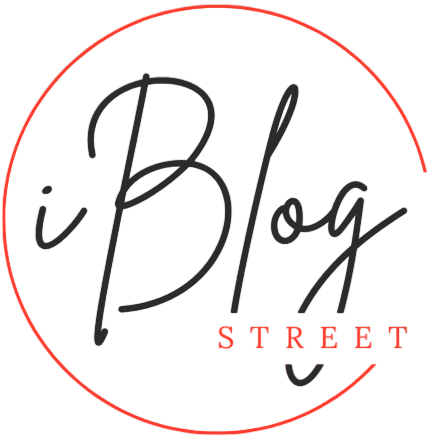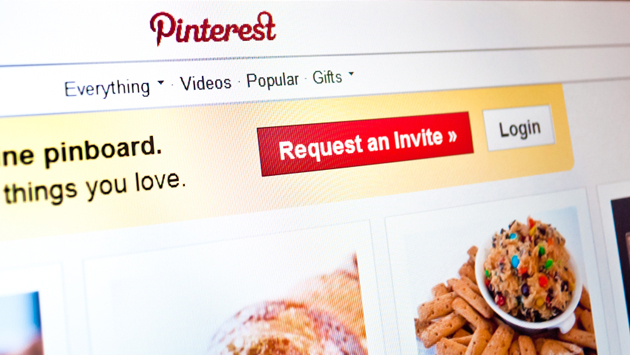Pinterest is one of the most popular social websites with a large and continually growing audience of dedicated pinners. Within minutes, you can create a free Pinterest account and start creating pinboards, pinning content, commenting on other boards, following members’ and specific boards, and more. However, there are some rules of etiquette (dubbed “pintequette”) that you need to follow in order to be a welcomed member of the Pinterest community.
Ten of the most important Pinterest do’s and dont’s are described below, which you should follow at all times so you don’t risk having your pins flagged as inappropriate or worse, having your Pinterest account suspended. To be a better pinner, follow these ten best practices:
1. Do Pin the Original Source
It might be quicker to pin a cool image you find in a Google image search, but Pinterest etiquette requires you to click through to the original source of the image, video, or quote you want to pin, and pin it from that source.
2. Do Include Specific Link URLs with Your Pins
Don’t just include a home page URL for a pin. If a pin comes from a specific page within a website, include that page’s specific URL in your pin. In other words, the URL you include in the Link field of the pin submission form should deliver the most relevant and useful web page to the person who clicks on it.
3. Do Credit Sources
Sometimes a pin might come from a website, blog, Facebook profile, Instagram profile, or other page but the original source URL can’t be found. If you know who created the content (even if you don’t have an originating URL), be sure to include written attribution in the description of the pin. For example, if you find a quote from Ernest Hemingway on a website, pin it with a link to the page on that website where you found the quote, and make sure Ernest Hemingway is credited in the description of the pin.
4. Do Provide a Description
Take a few seconds to write a useful description of your pins, which helps other Pinterest members understand what the pin contains and determine if it’s relevant to them without having to click through to view it at full size.
5. Don’t Copy and Paste Full Content into a Pin
Don’t scrape content or plagiarize by copying complete articles, blog posts, and so on and then publishing that content as quote pins on your pinboards. Not only is this illegal and unethical, but it also goes against Pinterest etiquette guidelines. Instead, pin a quote from the content and include the URL for the full content in the link field of the pin submission form. People can click the link to access the complete content.
6. Do Report Inappropriate Content
Help Pinterest make the site and the user experience better by reporting inappropriate content that violates the Pinterest terms of use. This includes pornographic content, hateful content, or offensive content. If you find this type of content on Pinterest, don’t hesitate to click the Report Content link.
7. Don’t Use Pinterest for Direct Sellin
When Pinterest debuted, it was a violation of its terms of use to promote products and services through pins and pinboards. However, Pinterest has eased up on this rule considerably. Still, it’s best to err on the side of caution. You can create pinboards to share sales and product images, but make sure you pin more content that is not self-promotional than content that is self-promotional. Your audience will prefer it, too.
8. Don’t Be a Loner
If you want to be a better pinner, you can’t do it alone. Take time to view other people’s pins, comment on their pins, follow people and their pinboards, and be social. Be polite to your fellow Pinterest community members and follow social etiquette rules just as you would in offline community gatherings.
9. Don’t Pin It and Forget It
One pin doesn’t make you a better pinner. It takes frequent pinning of consistently good content and continual networking to grow your Pinterest audience. Just as it’s rude to say something in an in-person conversation and then walk away, it’s rude to “speak but not listen” on Pinterest, too.
10. Don’t Pin Spam or Objectionable Content
Never pin any type of spam content or content that leads to a spam website or web page. Also, remember in #6 above when you learned that you should report inappropriate content? It works the other way, too. Don’t pin objectionable content or you risk having your Pinterest account suspended. Be sure to read Pinterest’s Acceptable Use Policy to see the full list of content that you should never pin as well as activities you should never engage in as a Pinterest user.





